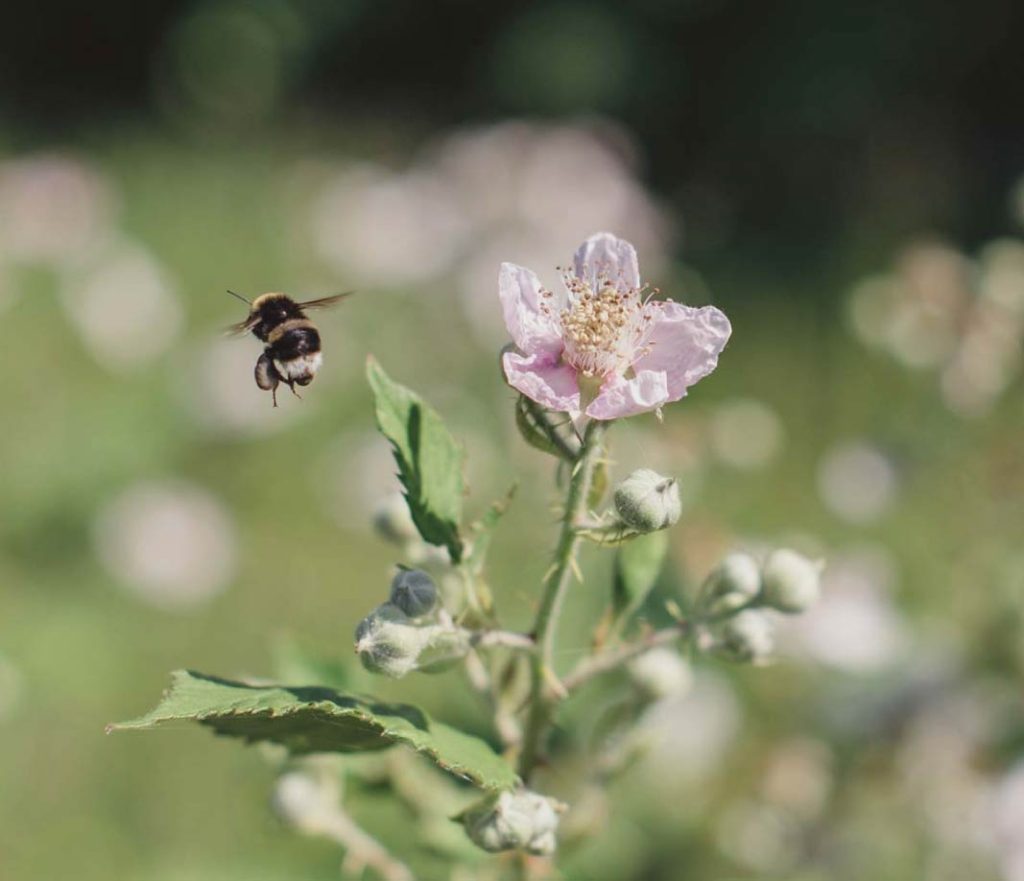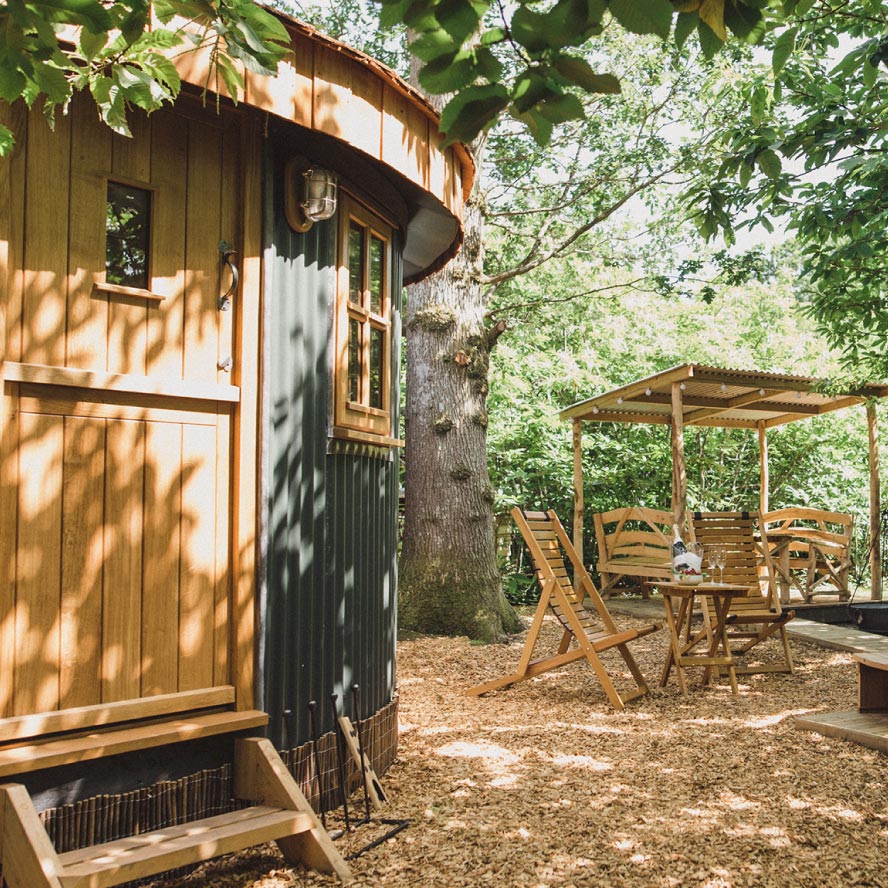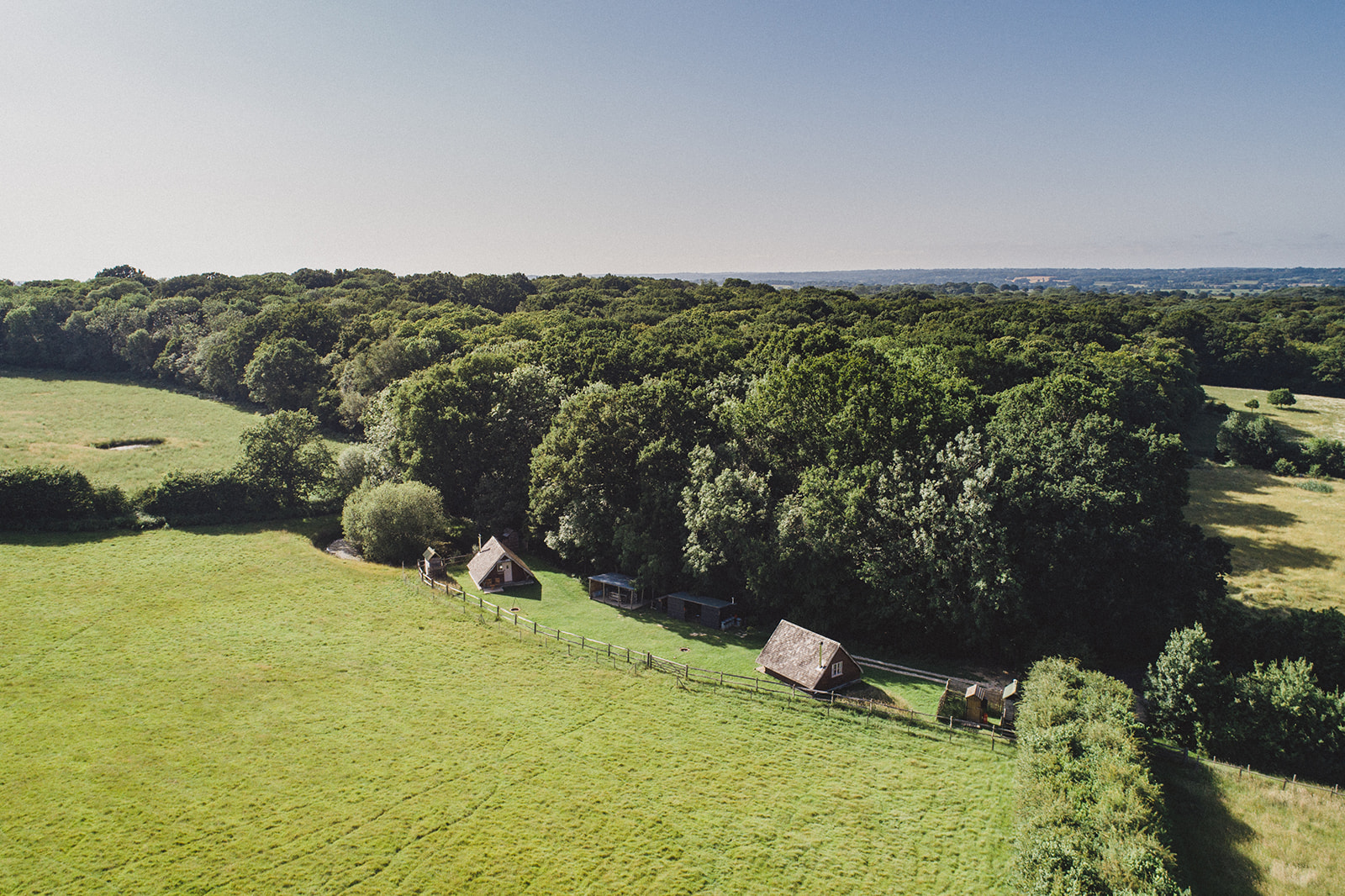In February the days start to get a little longer. The sun comes up a little earlier and goes to bed a little later so we have more daylight. It might still seem as though most of nature is snoozing through the winter but there are lots of signs of things waking up if you look closely enough.
When you visit Swallowtail Hill you automatically become one of our #KidsOffGrid – we’re all about getting outdoors and enjoying nature. But for now – while you’re stuck at home – you can be an honorary member of our gang! Here’s a list of things to look for next time you go out for a walk in the park, or you’re in your back garden. Download the printable version of this list at the bottom of the page and get spotting! Don’t forget to get your grown-ups to post a photo of your finds on Facebook so we can see how you did!
Snowdrops – a cheery sight in winter, their little white flowers emerge even when the soil is frozen. Did you know that superstition says it’s unlucky to pick them and take them indoors?
Buds on Trees – if you look carefully at the ends of stems on trees you’ll find buds. Buds contain an undeveloped shoot, leaf or flower. At this time of year deciduous trees don’t have their leaves, but it’s still possible to tell what kind of tree it is by looking at its buds. When the weather warms up in spring that’s when the trees start to ‘wake up’ and their buds will open.
Wild Daffodils – these aren’t ready to flower just yet, but the wild daffodils are pushing up through the ground and you can see their green shoots.
Catkins – are the male flower of the hazel tree. Each catkin is actually 240 individual flowers on one dangling stem and when it’s ripe the wind releases lots of powdery yellow pollen in the hope of reaching the tiny female flowers for pollination. Did you know that the word catkin comes from the Dutch word ‘katteken’ which means kitten as it’s thought the catkins look like fluffy kitten tails!
The Sound of Woodpeckers – we’re lucky to have lots of woodpeckers around the farm. There are three different types of Woodpecker here in Britain – the Great Spotted, the Lesser Spotted and the Green Woodpecker. The Green Woodpecker is the largest and you might see him on the ground because they eat ants and use their strong beaks to dig into the ground to find them! But the one with the loudest call and the distinctive drumming sound is the Great Spotted – and you might start to hear him at this time of year.
Moss – did you know that there are thousands of different sorts of mosses and they are really important ecologically as one of the first plants to arrive whenever there is bare ground. They absorb lots of water, soaking up rainfall and creating humid environments. They provide a home for lots of different creatures like woodlice and slugs and invertebrates likes nemotodes which are so tiny you’d only see them with a microscope. You’ll often find moss in woodland, growing at the bottom of trees, besides streams, and on rotting wood – see what you can find.
Bracket Fungi – comes in lots of different sizes and colours and you may spot it growing on living or dead trees. It usually sticks out like a sort of shelf. If it’s growing on a living tree it will attack the hardwood interior of the tree causing it to decay over time. Fungus eating away at dead and dying wood is an important part of nature’s life cycle.
Empty Nests in Trees – now that the trees are bare, it’s easy to spot old nests that were used by birds last spring to raise their young. How many can you find?
Squirrels – these little fellas are out and about looking for the nuts they stored for winter. They bury them in the ground before winter starts and you might spot them digging them up now that they need the extra food.
How did you do? We hope you had fun looking for your February finds!
Download a printable version of the spotter sheet here: February Spotter Sheet.
We're on Instagram.
Follow us for the latest updates, stories, reviews and much more.
Awards & Accreditations













